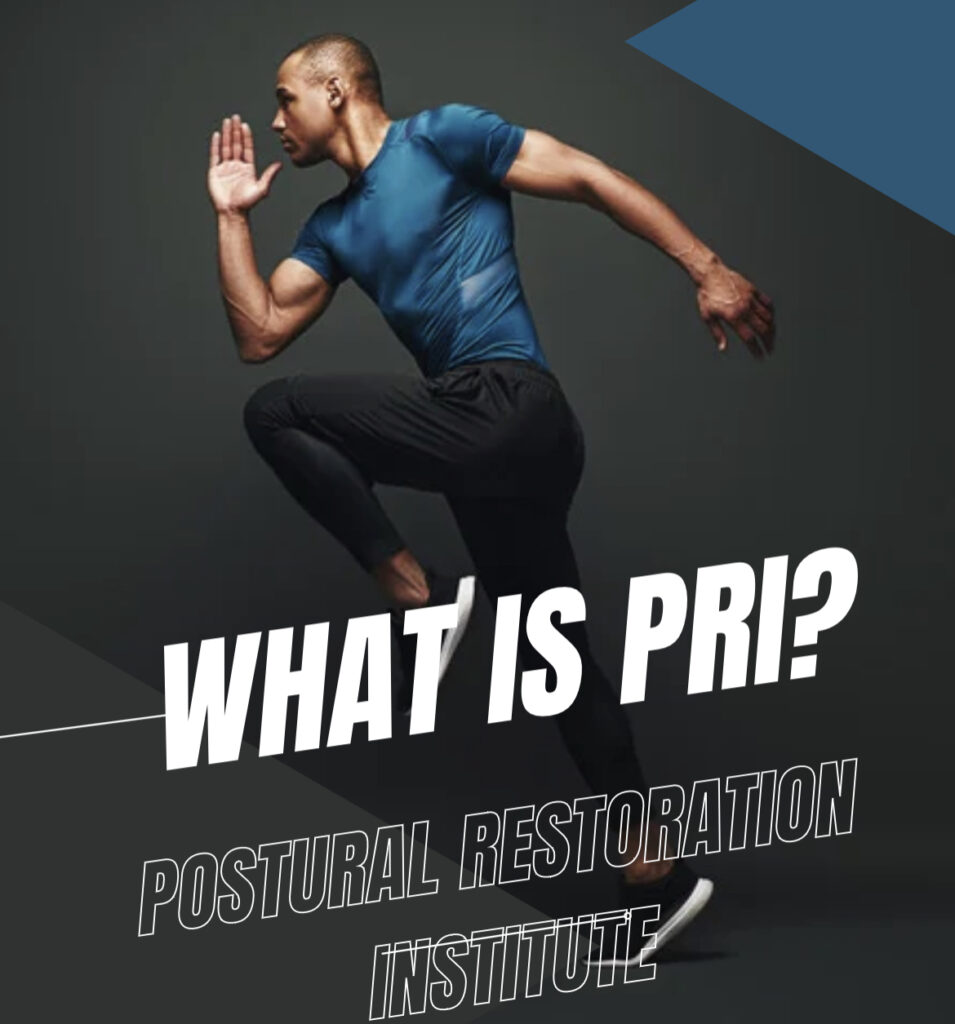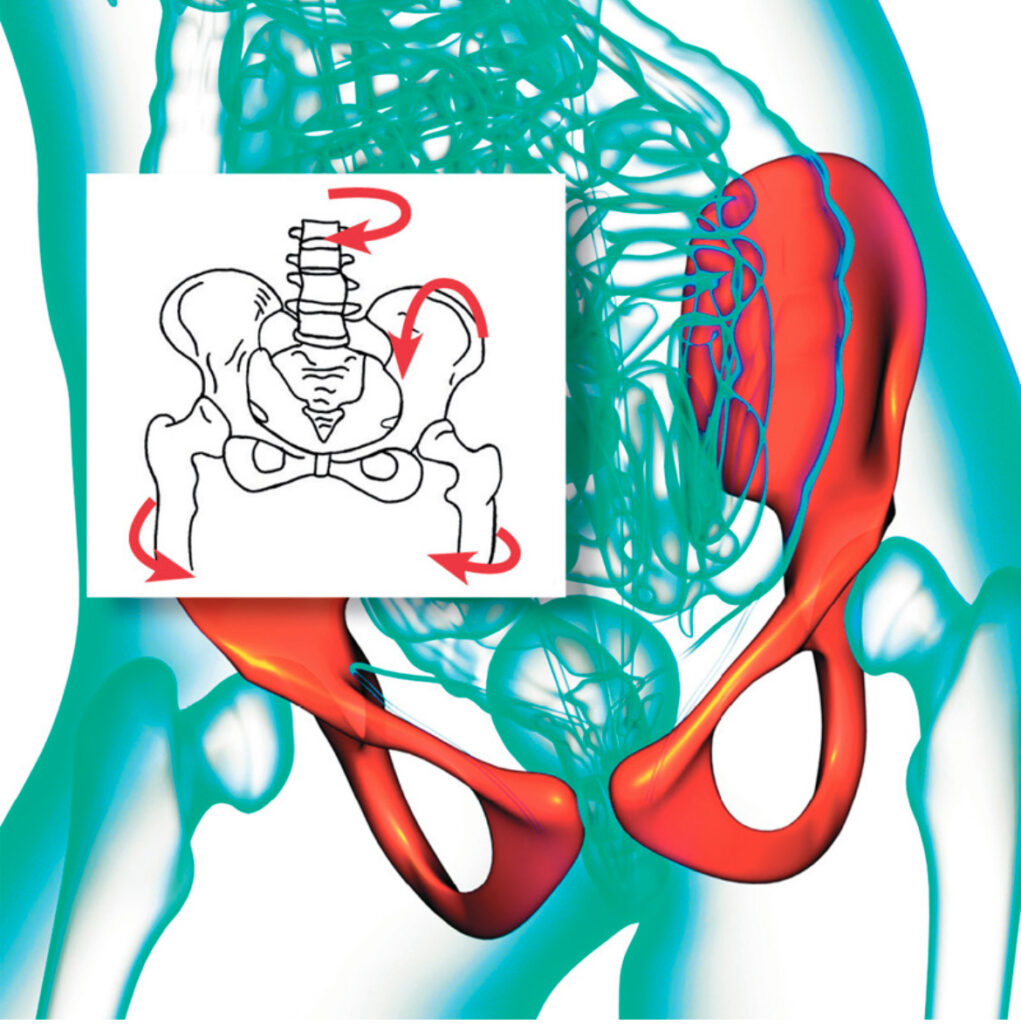Resources
Postural Restoration: One of the best types of physical therapy

What is postural restoration anyway?
When I tell people I study from the Postural Restoration Institute® (PRI), most people say, “Oh how nice, it is important to stand up straight”. And I sigh and try to explain that’s not what I mean when I say posture. And that PRI is the most comprehensive and mind-blowing form of physical therapy available. But to help you understand, I’ll have to tell you the story of how I came to that conclusion.

Weak Ankles
Weak ankles are my Achilles heel. What’s yours? As a lifelong athlete and generally reckless human being, I injured my ankles more times than I could count. From sprains to bone spurs to fractures and damaged cartilage. In fact, I rolled into my first day of PT school on a knee scooter, because I wasn’t allowed to walk on my left foot after surgery.
The result? My ankles did NOT, like to bend. The motion called dorsi flexion, or bringing the toes up, was about as bendy as a crowbar. My ankle situation meant I could lift weights, and play sports, I just had to make up for lost range of motion other places. Compensate, if you will. Which usually looked like extra movement through my hips and lower back. This was fine for a while, but over time resulted in multiple back and hip injuries. “If I could just bend my ankles, all my other problems would go away, then I’d be unstoppable!”, I would lay in bed awake, dreaming of dorsiflexion.
I felt inflexible ankles were the source of all my problems. So, I went on a crusade to achieve Dorsiflexion. On my quest I tried just about everything. Yoga, aggressive stretching, foam rolling, muscle smashing, nerve gliding, FRC, mobilizing, manipulating, dry needling, micro current, E-STIM and about 23 other things. Trying to sort my ankles out was one of the big motivators to become a Physical Therapist. And with all I had learned, I could only get modest and temporary changes in ankle range of motion. But after a few hours, when I cooled down, I was right back to square one. Until I happened upon something called PRI.
Introducing PRI
PRI seemed a little bit crazy. They had people blowing up balloons, and “sensing” the floor. They seemed obsessed with the diaphragm, and even more obsessed with acronyms. But it was clearly different from anything else out there, and I was willing to get a little crazy if it meant I could bend my ankles.
One of the things that made PRI unique was that, rather than looking at individual joints and muscles, PRI looked at the whole body in terms of “patterns”. You can think of these patterns’ kind of like computer programs for your body. For example, when you’re standing on your right leg, your brain tells certain nerves and muscles to turn on, and your joints should position themselves accordingly. If your brain is happy, and feeling safe, then your body should seamlessly flow between patterns. Like left leg pattern, right into right leg pattern.
The sticky pickle jar
When your brain feels threatened however, this is when it’s going to resort to the easiest, most stable, and efficient patterns. Take a pickle jar, for example. If it’s an easy jar, you could probably open it any old way. But if it were a sticky pickle jar, you’d instinctively grab the jar with the best leverage, probably using your dominant hand. Using your dominant hand helps get the job done fast and efficiently. And you probably have a similar stereotypical approach to all sticky pickle jars.
Like the pickle jar, your body tends to use the patterns that are efficient and easy to use. Especially when the pressure is on. It also tends to rely on the easy patterns after an injury or when you don’t move much during the day.
Patterns
Another unique thing about PRI is they have observed some of the natural compensation patterns human beings tend to use. PRI points out the universal compensation pattern is for the human body to position itself as if it were standing on the right foot. That means your brain, nerves, muscles, and joints are all acting like you’re standing on your right leg. Even if you’re not.
This is a wild thing to say. Especially for most of us, who thought the body was pretty much symmetrical. But if we were to look ‘under the hood’ of the human body, we would quickly see that it is anything but symmetrical. Most notably, your liver lives on the right, the right half of your lungs is larger and heavier. Comparatively, your heart and left lung, are smaller and lighter. Basically, the right side of your body is a little bit heavier, which shifts your center of mass ever so slightly to the right. Making it easier to put weight through the right side, because more of your body is already over there.
My diaphragm is bigger on the right you say?
Your diaphragm, the huge breathing muscle that divides you into top and bottom. Guess what? Bigger on the right. And the way it attaches to your spine, it can literally pull your spine, and hips, to face right.
Your brain, and even your vision have an easier time paying attention to the right. Your whole body is just a little bit better at being right. And yes, this goes for you left handers out there too.
Postural restoration refers to this pattern, or tendency, as the Left AIC pattern (left Anterior Interior Chain). But remember, this is not so much a Postural restoration concept, as it is an observation of what the body’s naturally tends to do. PRI just points this fact out.
And for the most part, the left AIC pattern is not a problem. Many people will live their whole lives and may never notice it. But when people get stuck in this pattern, that’s when it can become problematic.
The natural tendency of modern humans is to move towards the left AIC pattern, but there are a few things that can get people extra stuck there. For example, chronically elevated stress levels, lack of movement throughout the day, poor breathing pattern (like mouth breathing), trauma, or injuries making it difficult to bear weight symmetrically.
A personal success
For me, chronic left ankle sprains and then then being unable to walk on my left foot for three months, shifted me deep into a left AIC pattern. This effected all the muscles and joint in my body. But most notably, I developed right Sided lower back pain with a weird numbness in my thigh, right sided hip flexor pain with hip impingement, and right sided neck pain. My left foot started to collapse in, while my right foot became stiff and rigid. My left shoulder looked higher in the mirror, while my left leg looked longer while laying down. The prescription in my glasses even changed, and not for the better. And what’s most peculiar, is I did not injure any of these body parts. Rather all these problems seemed to pop up out of nowhere. It was as if my whole body shifted, based on the way I was standing. And this shift put significant strain on certain tissues.
As an athlete I stubbornly pushed on for years, using lacrosse balls, massage guns, and every trick under the sun to manage my symptoms just enough to keep training. But these things only managed the symptoms, without ever addressing the underlying muscle pattern. It wasn’t until I discovered postural restoration, that I finally started putting the pieces together.
Because my body was very stuck to the right, Postural Restoration wanted me to flip the script on my compensation pattern. They called this “repositioning”. This basically meant my brain and body needed to remember what it was like to really use the left side. But not just at the ankle, but at the pelvis and rib cage too.
I realized my previous attempts to improve my ankle failed, because they were mostly focused on the ankle. Once I got the rest of my body in agreement, the ankle seemed to let go on its own. Performing PRI repositioning exercises, which were mostly for the pelvis, improved my ankle range of motion more than years of stretching and mobilizing. On top of that, my legs mysteriously became the same length. The back pain, neck pain, and even the numbness went away soon after.
I was hooked. I wanted to learn anything, and everything I could about this crazy new way of thinking. Even early on in my PRI journey, I could tell this was the future of Physical Therapy. Or at least, this was going to be my future.
Less about strength more about the brain
The more I learned and practiced PRI, the deeper the rabbit hole went. On the surface, PRI looked like strengthening weak muscles, something I was very familiar with. But the deeper I got, the more I realized PRI had less to do with strength, and a lot more to do with the brain. The brain being something tremendously complicated, but also something that offers tremendous potential for benefit.
PRI deals with balancing the body, by balancing the brain. As it turns out, a balanced brain comes with some bonuses.
In the same way that stress can put you into these patterns, reversing these patterns can be an impactful way to reduce and manage stress. When I perform the techniques correctly, it can shift me from a state of low-grade anxiety, to being socially opened and relaxed.
Other unexpected benefits have been better digestion. As it turns out, a brain and body in balance, digest food better. The more neutral my body, the more I can eat anything, because my body can relax enough to digest it. I know these things seem unrelated, but remarkable things can happen when your body and mind feel balanced enough to relax.
PRI all the way
PRI is not always easy. In fact, there can be significant roadblocks which make it difficult to progress a patient’s PRI program. Such as the way their teeth touch, or visual problems. But in my book, PRI is the most powerful movement tool to restore balance to your body, and brain.
If you have pain that popped up without an injury to explain it, or maybe you feel lack of balance in your body. I would highly recommend working with a PRI trained professional, to see if repatterning your body, and your mind, can help get you back to the life you want.
Schedule an appointment with one of the Physical Therapist here at Well Balanced to get evaluated and start a treatment plan!
Click here to schedule an appointment with one of our PRI trained therapists!
Or Click here to find a “PRI provider near me”!
Written by Dr. Aaron Barnard DPT, Doctor of Physical Therapy